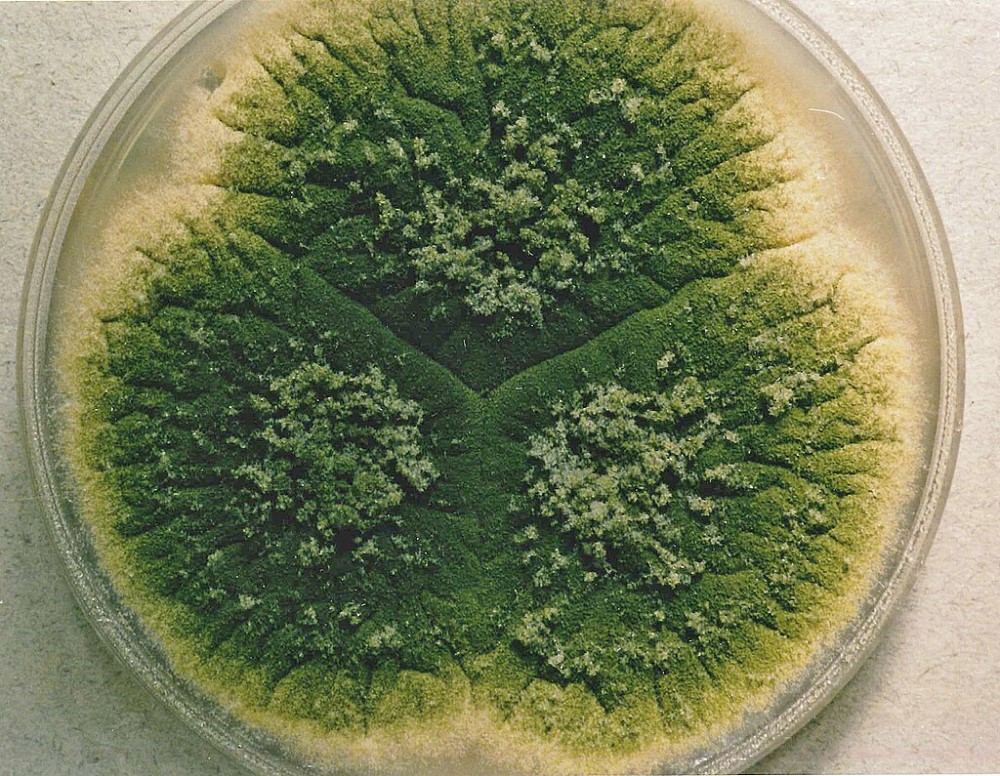
Penn engineers turn toxic fungus into anti-cancer drug
On Jun. 25, 2025, researchers at the University of Pennylvanis’s School of Engineering and Applied Science announced they have turned a deadly fungus into a potent cancer-fighting compound. After isolating a new class of molecules from Aspergillus flavus, a toxic crop fungus linked to deaths in the excavations of ancient tombs, the researchers modified the chemicals and tested them against leukemia cells. The result? A promising cancer-killing compound that rivals FDA-approved drugs and opens up new frontiers in the discovery of more fungal medicines.
The treatment belongs to a class of ribosomally synthesized and post-translationally modified peptides (RiPPs). This name reveals how these therapeutic compounds are produced.
First, they’re originated by the ribosome, a small cellular structure that builds proteins. Then, researchers modify them in labs to enhance cancer-killing properties. While thousands of RiPPs have been identified in bacteria, only a handful have been found in fungi—making this area of research ripe for groundbreaking discovery.
To find more fungal RiPPs, researchers scanned a dozen strains of Aspergillus, which studies suggest may contain more of these anti-cancer compounds. When the researchers compared the chemicals produced by these strains with known RiPP building blocks, they found A. flavus to be a promising candidate for further study.
Genetic analysis unveiled a certain protein in A. flavus to be a source of fungal RiPPs. When the researchers shut off the genes that create this protein, the chemical markers signaling the presence of RiPPs also disappeared. This novel approach—combining metabolic and genetic information—pinpointed the source of fungal RiPPs in A. flavus and could be used to find more fungal RiPPs in the future.
Tags:
Source: University of Pennsylvania
Credit: Image: Aspergillus parasiticus colony grown for 7 days on CYA medium at room temperature. Courtesy: Wikipedia.
